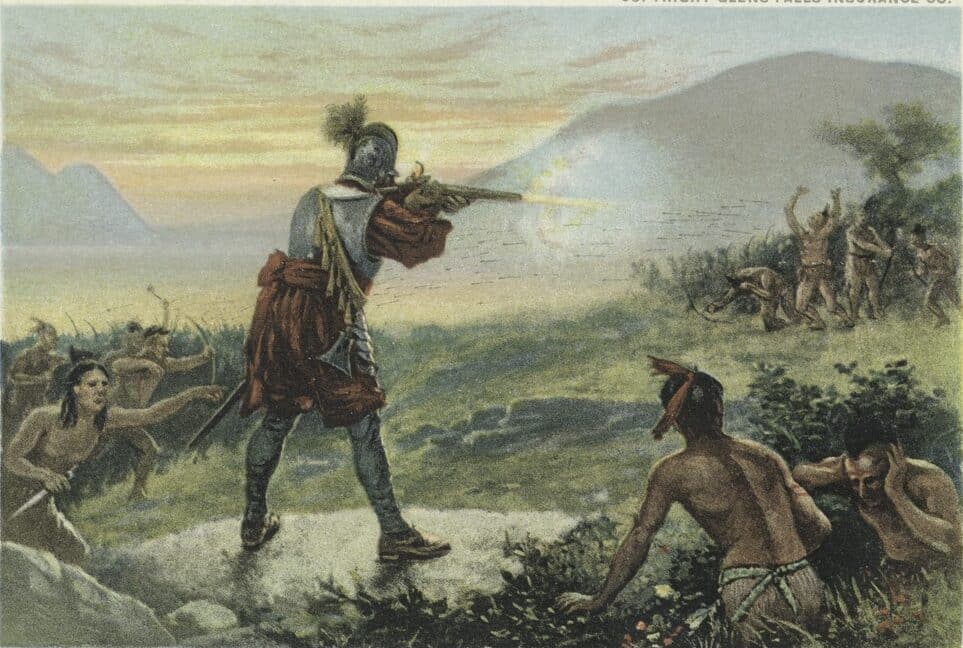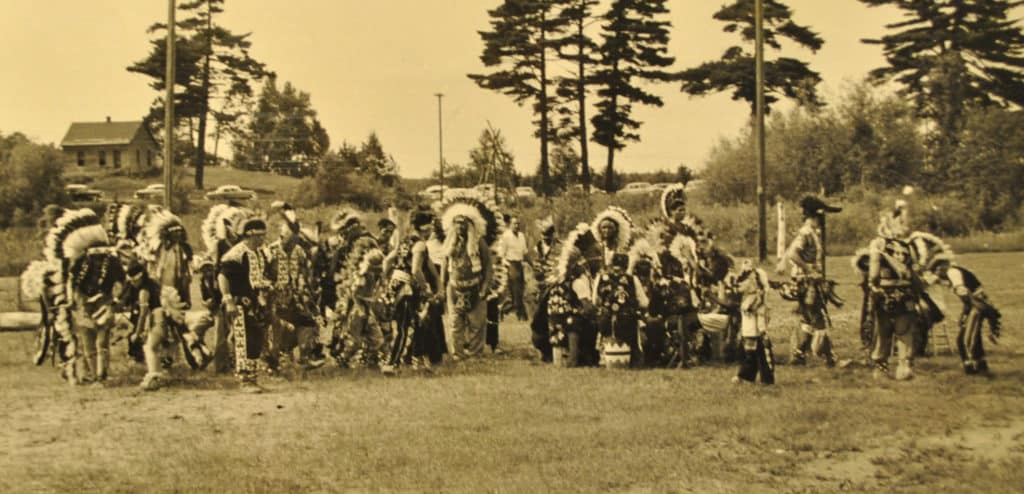The Chippewa tribe originally occupied large amounts of land around Lake Huron and Lake Superior and south in Michigan, Wisconsin, and Minnesota when their lifestyle was of the Northeast woodland cultural group.

The Chippewa is an anglicized version of Ojibwe, which is what they are known by in Canada.
They were hunters, fishers, and farmers.
Their fierce, warlike reputation and their sheer numbers made the Chippewa one of the most feared tribes.
They extended their territories across a massive area, and many adopted the lifestyle of the buffalo hunters of the Great Plains.
Jump to:
Chippewa Tribe Facts: Overview
Because many Chippewa were formerly located around the outlet of Lake Superior, the early Canadian settlers referred to the Chippewa as Saulteurs. Chippewa, who subsequently moved to the prairie provinces of Canada, retained the name Saulteaux.
This is disputed since some scholars believe that only the name migrated west. Chippewa, who was originally located along the Mississagi River and made their way to southern Ontario, are known as the Mississaugas.
While they spoke their own language, it was similar to that of the Algonquian people and is one of the most used native languages, with the exception of a few.
The reason for its popularity and spread was the French fur trade. They used the language to communicate with many natives.
Chippewa Tribe Facts: European Contact
The first contact with Europeans and the Chippewa tribe was through Jesuit missionaries and, eventually, the French.
Through this friendship with the French, they began to trade for European weapons and learn how to use them. This increased their power within the region.
By the end of the 18th century, the Chippewa controlled nearly all of present-day Michigan, northern Wisconsin, and Minnesota, including most of the Red River area.
They also controlled the entire northern shores of Lake Huron and Superior on the Canadian side and extended westward to the Turtle Mountains of North Dakota.
During early Colonial America, the Chippewa seemed to get along with European settlers. They were already part of an alliance called the Council of Three Fires.
This alliance included the Chippewa, Potawatomi, and Ottawa tribes, and they were natural enemies of the Iroquois Confederacy. The two alliances fought many times over the years, with neither gaining much of an advantage.
During the Seven Years' War, the Chippewa allied themselves with the French, and when the French were defeated, they lost much of their land to the British and her colonies.
During the American Revolutionary War and the War of 1812, the Chippewa again found themselves on the losing end when they allied themselves with the British.
After the British were driven out of the United States, the Chippewa were forced to Minnesota and eventually pushed onto a reservation.
Chippewa Tribe Facts: Culture
The Chippewa was a fairly sedentary tribe with a few exceptions. They fished and hunted on their land while the women cultivated different crops, such as maize and wild rice. The tribe was organized into various bands, and the traditional residence was a wigwam.
The Chippewa were different from some tribes in that when they buried their dead. They did not bury them in a burial mound but rather in a spirit house.
Unlike the Mohawk and other tribes within the Iroquois Confederacy, the Chippewa was a patrilineal system, which meant that children were followed by their father's clan rather than their mothers. This made the inclusion of natives who bore children from French or English settlers difficult.
The children would often have distinct Native American features, but since their father was European, it was assumed that their father would take responsibility for the child.
This made adoption into the tribe more difficult.

